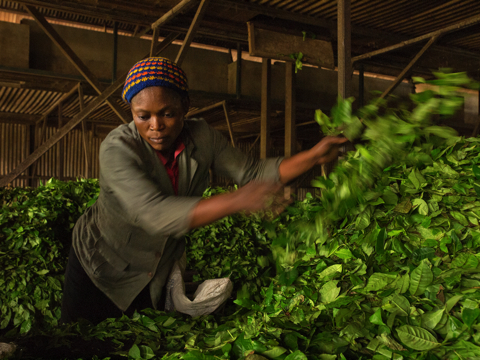Western Coast of Africa, Cameroon
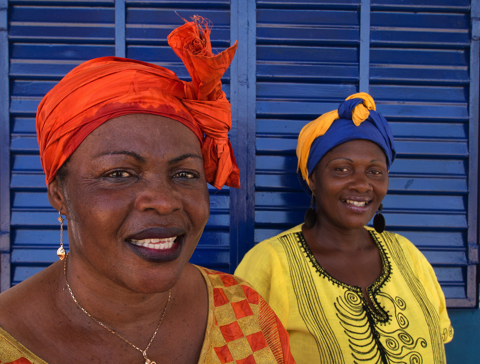
Bilingual school founder Phelexine Bola Nkwenti & assistant
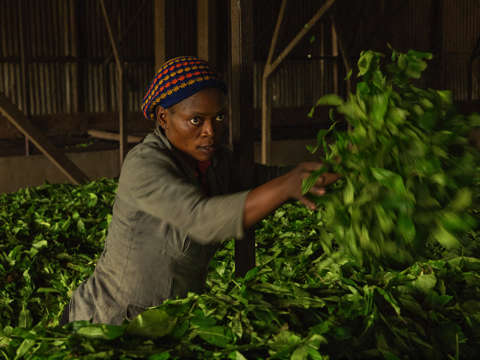
worker at tea plantation
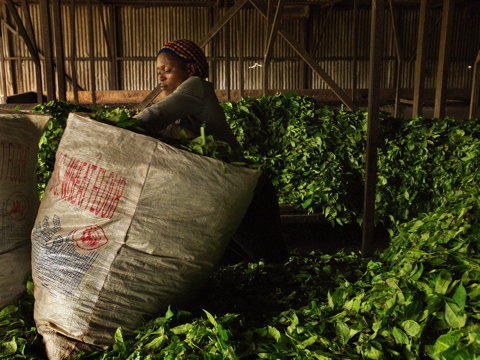
loading tea leaves on tea plantation
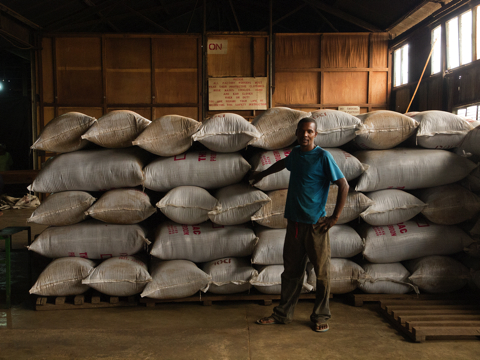
tea plantation worker
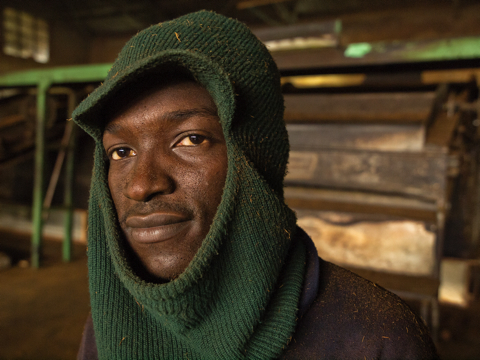
tea plantation worker in protective garb
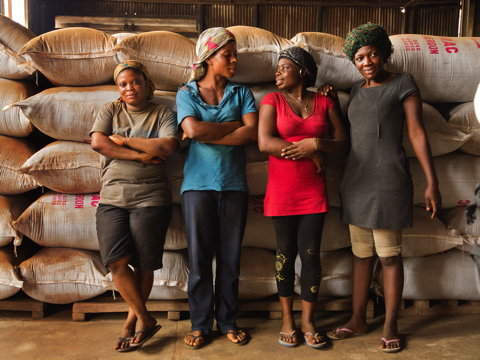
women workers at tea plantation
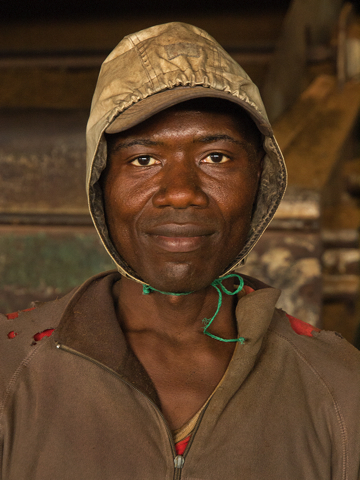
tea plantation worker in protective garb
Anchoring off of the coast of Cameroon, which in my opinion is one of the coolest names of a country. One of the most diverse countries in Africa, it is called “Africa in miniature” for it’s geological and biological diversity.
Our first stop was in Kribi where we went to a standard bilingual primary and nursery school…being Easter Sunday, there was no school in attendance, but the woman who started the school, Phelixine Bola Nkwenti, met our group for an explanation of the two languages of that school-English and French. The French-speaking speakers are eager for their children to study English as this is seen as a major advantage for advancement.
Afternoon we made our way to a spot on the Lobe River to board pirogues, and headed upriver to a “Bagyeli” encampment. These people had previously been referred to as “pygmys” which really meant a people of shorter stature.
Monday, we anchored off of Limbe, Cameroon, heading to a banana plantation in the morning and a tea plantation in the early afternoon. Both these places provided a great insight into the workings of the country, far away from any real form of tourism.
Working in the tea plantation provided some really beautiful light…walking in, felt I’d found the Sistine Chapel of lighting…overcast light bouncing off of a white building through large and old paned windows. High ISO and slow shutter speed, but beautiful people to photograph, so steadiness in holding the camera was key.
In these situations, there are a few “rules of thumb” the photographer can follow:
High ISO. Today’s cameras handle those high ISO’s well, and I’d rather deal with a little noise and have the image than a really slow shutter speed that can reflect any movement or shake issues. Realistically, with a normal to wide lens, the photographer can often go down to 1/15th of a second and still obtain sharp (or at least apparently sharp) images when using image stabilization.
Shutter burst mode. When shooting those slow exposures, put the camera in burst mode. Hold the shutter down for a 2-4 burst, this allows the camera to “settle down” after the first image, providing more probability of sharpness on succeeding images.
Become a bipod. Don’t hold that lens from the top, instead cradle in your left hand (if right handed, reverse if necessary) the lens, essentially providing support for the lens and camera in that hand..use your right hand to gently grip the camera. Turn your body so you are shooting across your left shoulder..a straight line through your feet would almost point to the subject. This stance provides much more stability, allowing those slower shutter speeds.
Take your exposure off your subject’s face Even in S, A or P mode (or TV for you Canon folk) point the camera towards the face of your subject, press the shutter half way down and recompose while holding the shutter down. This provides the correct exposure for the most critical component in your photograph, if the face is out of focus, effectively the photo will be seen as out of focus.
Focus on the eye nearest the camera It’s interesting, if you focus on the eye furthest from the camera, often the perception will be that the photo is out of focus, if the eye nearest the camera is in focus, the images is perceived as sharp. We look for eyes in photos first, then sharpness
Take a deep breath, and when ready to shoot, slowly let your breath out, gently pressing the shutter during the exhale.



